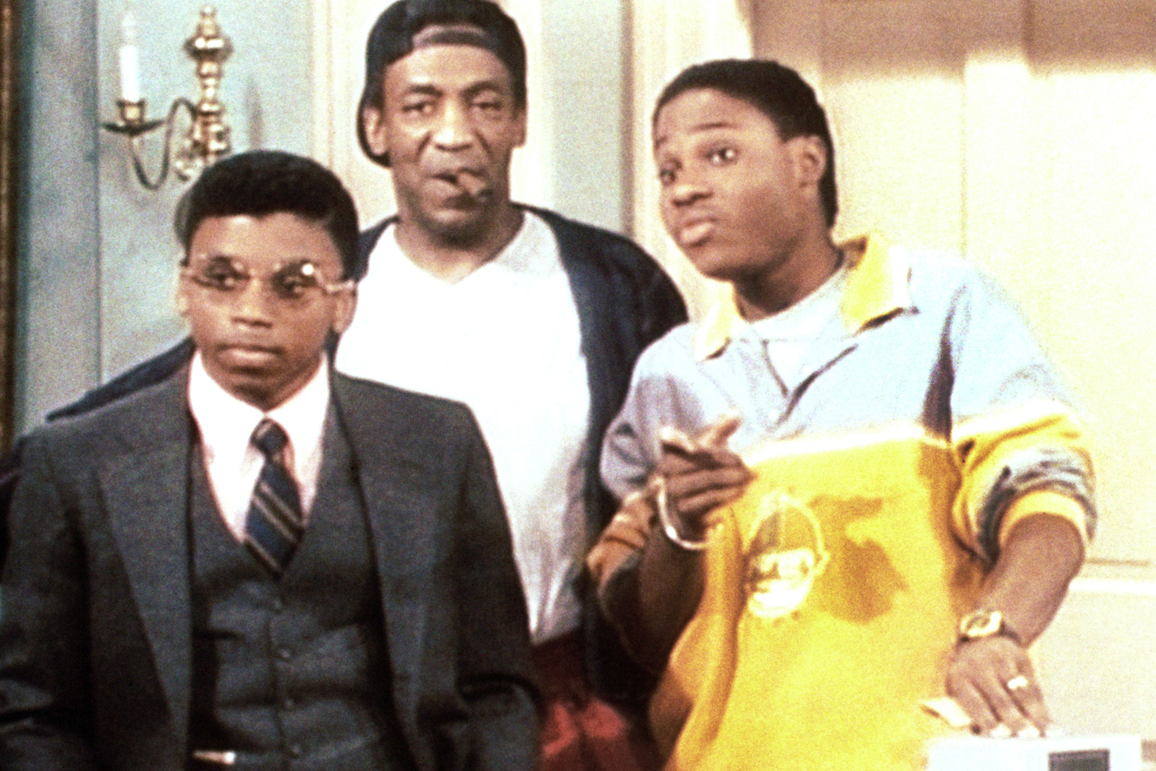
Introduction: When The Cosby Show premiered in 1984, it was a game-changer. At a time when most portrayals of African-American families on television were limited to working-class roles or stereotypes, The Cosby Show introduced a different narrative. It presented a successful, upper-middle-class African-American family, breaking new ground and offering a refreshing, positive image of African-Americans on television. Today, The Cosby Show is remembered as not just a sitcom, but a cultural milestone that reshaped how Black families were depicted on the small screen.
Breaking Stereotypes: Before The Cosby Show, African-American characters on TV were often shown in subordinate or comedic roles, reinforcing negative stereotypes. Shows like Good Times and Sanford and Son depicted African-Americans as struggling or living in poverty. In contrast, The Cosby Show portrayed the Huxtables—an African-American family of doctors, lawyers, and educated individuals living in a suburban home. Cliff Huxtable (played by Bill Cosby) was not just a dad but a successful physician, while his wife, Clair (Phylicia Rashad), was a lawyer. This positive portrayal of Black excellence was groundbreaking and offered viewers a new model for success that was rare on television at the time.
The Huxtables weren’t just successful professionals—they were a family with humor, love, and support. They embodied the idea that being Black didn’t mean having to conform to negative stereotypes. For the first time, African-American viewers could see a family that looked like theirs achieving success and maintaining strong relationships. It sent a powerful message that success in life was attainable regardless of race.
Cultural Representation: For many African-American families, The Cosby Show became more than just a show—it was a reflection of their lives. The Huxtables gave African-Americans a television family to be proud of. The show’s portrayal of a strong, loving Black family was revolutionary. By normalizing a positive image of African-Americans in positions of power, it opened the doors for future generations of Black TV families. Shows like The Fresh Prince of Bel-Air and Black-ish would follow in the same footsteps, continuing the tradition of positive and diverse portrayals of Black life on TV.
At the same time, The Cosby Show showed that African-American families, like all families, faced common struggles—teenage rebellion, academic challenges, and the trials of balancing work and home life. This universality was part of the show’s charm. While it was distinctly African-American, the themes of love, sacrifice, and ambition resonated with people of all backgrounds.
Influence on Future Shows: The Cosby Show revolutionized the way Black families were represented in television, and its influence can still be seen today. Many TV shows in the late 1980s and 1990s followed the Huxtable model of depicting successful, well-rounded Black families. Shows like A Different World, The Fresh Prince of Bel-Air, Family Matters, and even Black-ish owe a great deal to the trail that The Cosby Show blazed.
The success of The Cosby Show proved that audiences were hungry for diverse stories about Black life that didn’t rely on stereotypes. It showed that people of color could be portrayed as multi-dimensional, successful, and, most importantly, human. The legacy of The Cosby Show lives on in the diverse, nuanced portrayals of Black families in TV today.
Conclusion: The Cosby Show wasn’t just a sitcom—it was a cultural revolution. It provided a platform for positive African-American representation in media and paved the way for future television programs that would continue to break barriers. By focusing on a loving, successful Black family, The Cosby Show redefined television and opened doors for a more diverse and inclusive media landscape.
